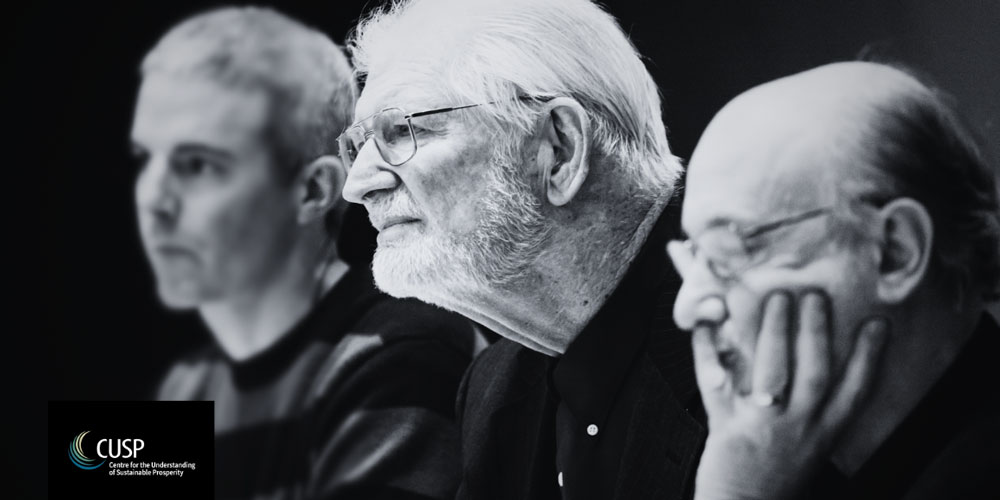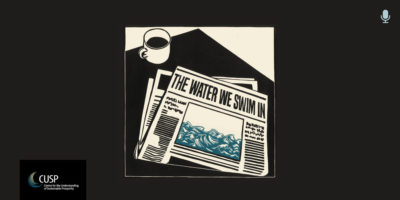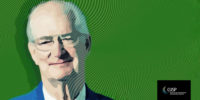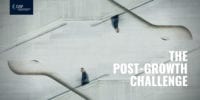Herman Daly’s Great Debates
Peter A Victor
Journal of City Climate Policy and Economy, Vol 2/2 | January 2024

Summary
Early in his long career, Herman Daly became disillusioned with the priority given to the pursuit of economic growth, especially by rich countries. Instead, he argued for an equitable, efficient, steady-state economy that could be sustained indefinitely on a finite planet. Accordingly, he made proposals relating to human well-being, measuring the economy, population, money and banking, globalization and trade, and for rethinking economics in general, learning from the life sciences and making economics consistent with the fundamental laws of physics.
Daly was eager to discuss and debate his ideas with his economist peers, seeking reasons why he might be wrong and making the necessary corrections. This proved much harder to achieve than he anticipated, though he received numerous international awards for his work and was very influential, especially beyond the confines of mainstream economics.
However, on several occasions Daly did engage in debates in the academic literature with some very distinguished economists. These included his mentor, Nicholas Georgescu-Roegen, on the longevity of a steady-state economy, recipients of the Nobel Memorial Prize in Economic Sciences Robert Solow and Joseph Stiglitz, on limits to growth, and Kenneth Arrow on overconsumption. With the passage of time, these and his other debates described in this commentary have become increasingly relevant because the excessive environmental pressures that so concerned Daly are greater than ever and rising. And although Daly’s frame of reference was typically national and global, lessons can also be learned from the debates that relate to sub-national regions and cities.
The article is available in open access format via jccpe.utpjournals.press. If you have difficulties accessing the paper, please get in touch: info@cusp.ac.uk.
Citation
Victor P A 2024. Herman Daly’s Great Debates. In: Journal of City Climate Policy and Economy, 2(2). DOI:10.3138/jccpe-2023-0012



